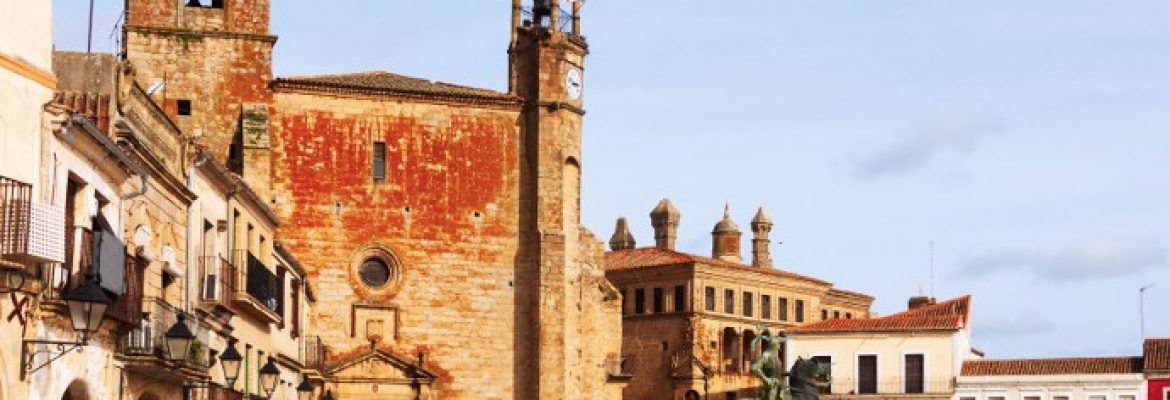Extremadura, Spain
Extremadura is aptly named. This land of extremes, bordering Portugal at Spain’s furthest western limit, is boiling in summer and bitingly cold in winter. It’s mostly broad, sparsely populated tableland. Geometrical patterns of wheat fields and grasslands roll to the horizon, their summer beige and fawn contrasting with the green of oak, cork and olive trees. Here storks plane against the evening sky or lord it from their higgledy-piggledy twig nests, piled atop church towers, pinnacles – anywhere small, flat and high.
Wooded sierras rise up along the region’s northern, eastern and southern fringes. The north in particular has a sequence of beautiful ranges and green valleys dotted with villages full of character. Two of Spain’s major rivers, the Tajo and the Guadiana, cross Extremadura from east to west. The craggy Parque Nacional Monfragüe, straddling the Tajo between Plasencia and Trujillo, has some of Spain’s most spectacular bird life.
Reconquered from the Muslims in the 13th century, the land was handed to knights who turned it into one great sheep pen. Those who did not work the land often had only one choice – migration. Small wonder that many 16th-century conquistadors, including Pizarro and Cortés, sprang from this land. The riches they brought back from the Americas are reflected in the lavish mansions they constructed. Long before Pizarro and Cortés, the Romans flourished in the city of Mérida, and plenty of evidence of this remains. The urban splendour continues in the old centre of Cáceres, while on a smaller scale towns such as Trujillo and Guadalupe are enchanting.


